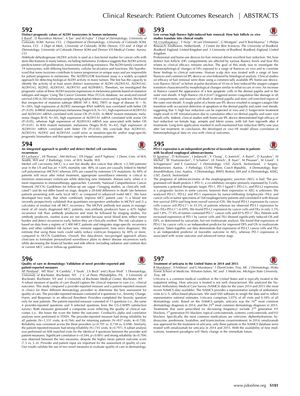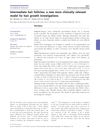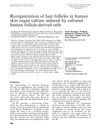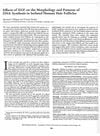Low Versus High Fluence Light-Induced Hair Removal: How Hair Follicle Ex Vivo Studies Translate Into Clinical Results

TLDR Higher fluence in hair removal damages hair follicles more, while lower fluence mimics natural hair regression, with long-term IPL treatments effectively reducing hair.
The study investigated the effects of different fluence levels from laser and intense pulsed light (IPL) devices on hair follicles ex vivo and correlated these findings with clinical hair removal outcomes. Low fluence (5 J/cm² or below) induced changes in hair follicles that mimic the natural transition from the growth phase (anagen) to the regression phase (catagen). Higher fluence levels caused cell death in key areas of the hair follicle, with very high fluence (26.4 J/cm²) resulting in extensive damage. Clinical trials using a home-use IPL device showed high hair reduction efficacy on female legs, armpits, and bikini zones, with an 80% maintenance of hair reduction one year after the last treatment, despite full hair regrowth observed after four treatments. The ex vivo hair follicle model proved to be effective in predicting clinical results, suggesting that long-term IPL treatment could lead to hair follicle miniaturization due to its cumulative effects.




